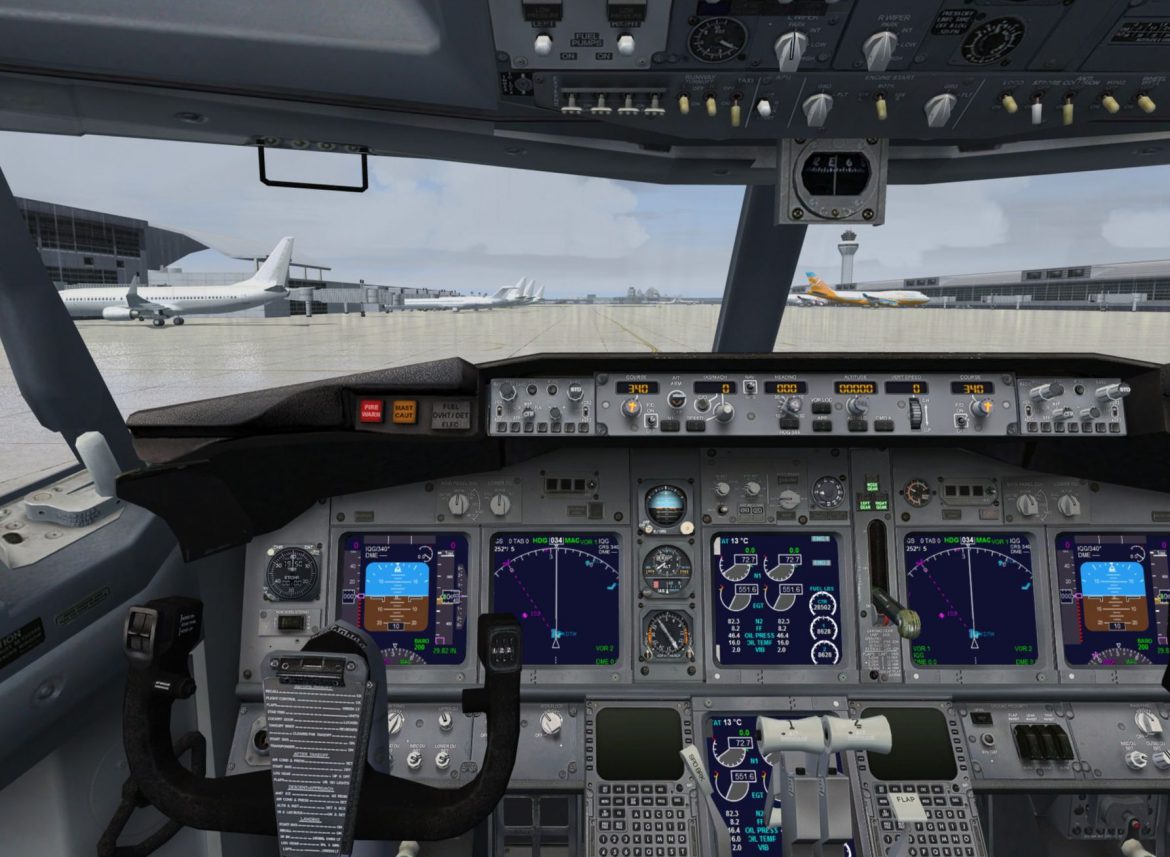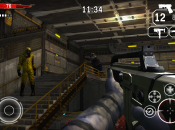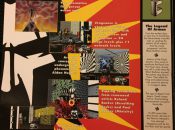
Microsoft Flight Simulator X Cheat Codes: ------------ Submitted by: RM Easy glider take off: --------------------- To order a tow plane press [Ctrl] + [Shift] + Y. Easier taxis, takeoff, and landing: ----------------------------------- Press Y key and use a directional key or Joystick to move forward, backward and side to side, and the throttle to go up or down. Default aircraft: ----------------- Press [Shift] + E and release it very fast. Then, press 2, 3, 4 and secondary exits and cargo hatches will open and close. Depending on the aircraft, you may also press [Shift] + D or [Shift] + C for special effects. Better framerate: ----------------- Instead of setting a low framerate to save resources, set it to unlimited. Your computer will be able to display as many frames per second as it can, while allowing you to increase the graphics somewhat considerably. This is most noticeable on slower computers. How to use the GPS for a good approach: --------------------------------------- The hardest part of flying is the landing. However, to have a good landing, you must have a good approach. Therefore, you need to have a guide on your approach, this is where your GPS comes in. So, first things first, you need to figure out where you are going. Find out the 4 character code of the airport you wish to land at. You can get this from the map. I will use Kingsford Smith Airport as the example here - YSSY. So, open up the GPS, and click the 'direct to' button. This is the button with the D and an arrow pointing through it. Use the arrow buttons to input the airport code into the appropriate field, then click the enter button twice. This will return you to the GPS view which will now show a direct line between you and the airport. However, we dont want this, as it doesnt help us align ourselves with the runway. So the next step is to select the approach to the selected airport. Click the 'procedures' button (PROC) to open the procedures screen. Select the option 'select approach'. From here, you have a list of runways, and variations of approach types on them such as GPS and ILS. These vary with different airports, but for the purposes of getting a good landing, just select the number of the runway that is active. Click enter twice, and you will come to another screen that show different entry points to the approach. If you are unsure, just select 'vectors'. If you are about to land, you can then select 'activate approach'. However, if you are still quite a while away from the airport, you might just want to select 'load approach', then return to the procedures screen and select 'activate approach' once you are closer. Either way, you will then return to the GPS screen with the track line in the approach path of the airport runway. From here, you can start the approach to land manually, or you can get the autopilot to take over part of the landing by turning on the NAV, and changing the GPS/NAV switch to GPS. This will allow the aircraft to take over the horizontal part of flying (going left and right), allowing you to focus on your altitude, and speed. Now all you need to do once you are on final approach is to descend properly - most airports with decent sized runways will have approach aids on the side of the runway near the touchdown point, which consist of red and white lights. You are flying the right approach (as far as altitude is concerned) when half those lights are white, and half those lights are red. More white than red means you are too high, and more red than white means youre too low. The rest is up to you. Make sure your landing gear is down (if applicable), maintain a constant speed, and make constant small changes if need be, rather then fewer, larger changes to anything. Once you are on final, you should have 10 to 20 degrees of flap. If you are too high, add add more flap, or reduce power if at full flap, instead of pitching down. As you start to slow down, the aircraft will naturally pitch down as well. Likewise, if you are too low, increase power and the aircraft will pitch up. Also, if you are very high, you have two choices; go around and try for another landing, or if you are already at idle power with full flap, do not pitch down. Do the opposite instead, and fly the aircraft just above the stall speed. You will lose more altitude in the end like this, as opposed to pitching down, gaining speed, then leveling off with all this excess speed. If your chosen aircraft has speedbrakes, you can deploy them as well if you are too high.






